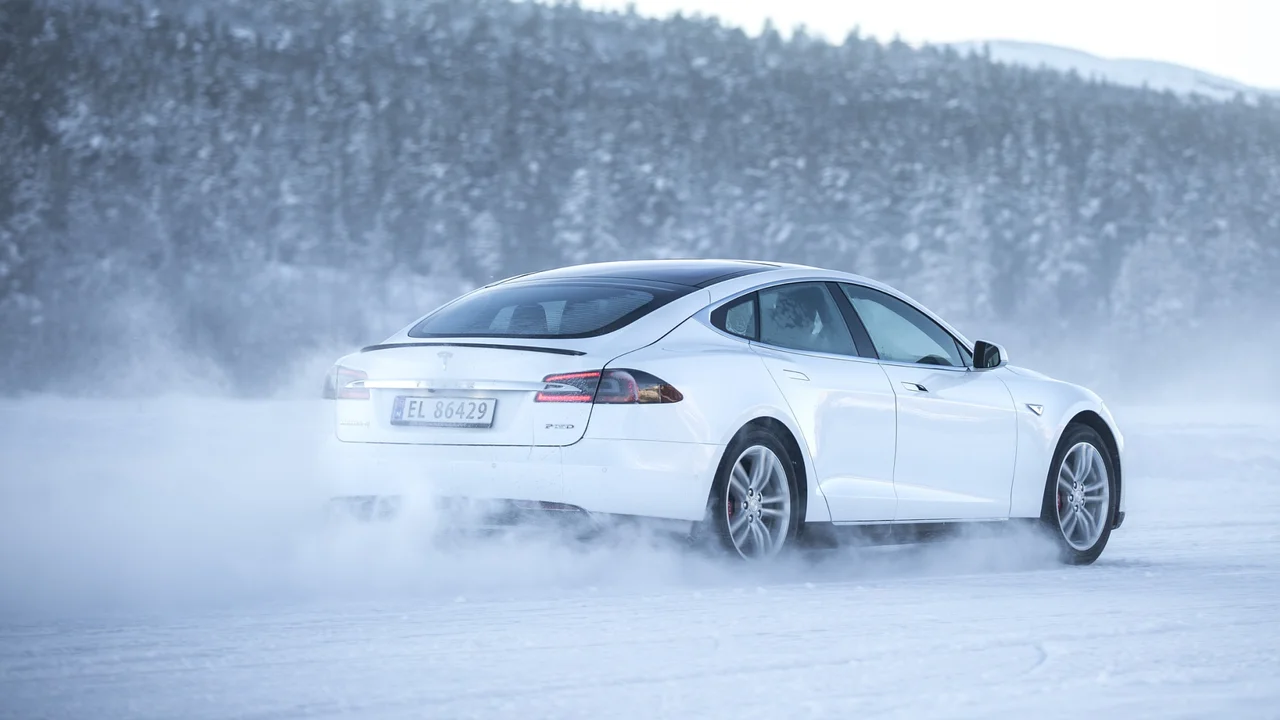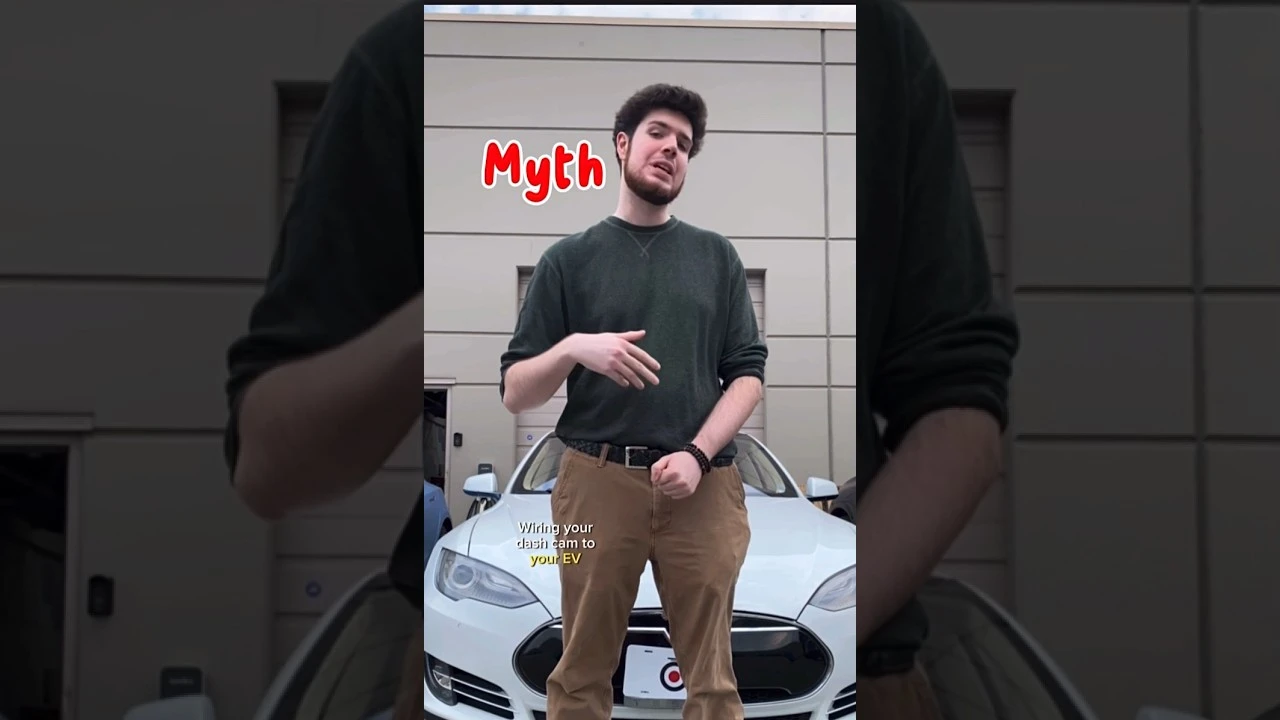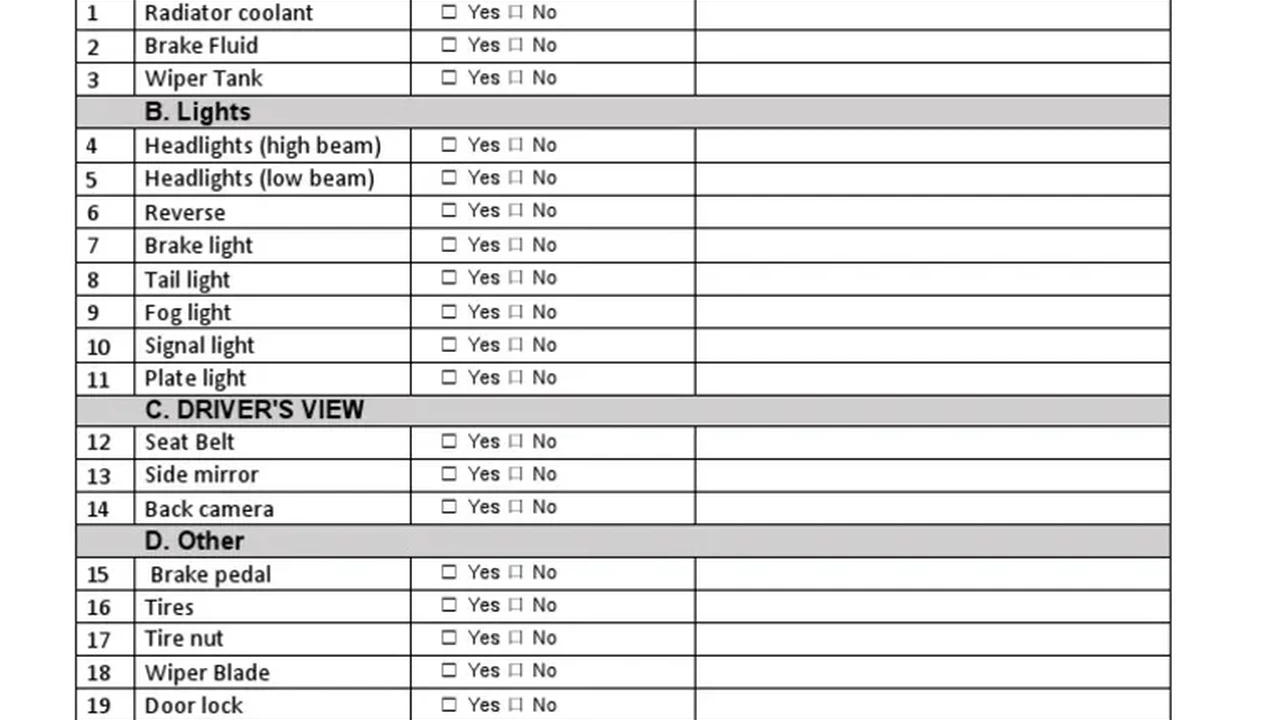Interior Lighting Upgrades for EVs: Enhancing Ambiance
Discover the benefits of noise cancellation technology in EVs for a quieter and more enjoyable ride. Explore how this technology works, its advantages, and recommendations for top products to enhance your driving experience.

Understanding Noise Cancellation Technology in Electric Vehicles
Electric vehicles are often touted for their quiet operation compared to their gasoline-powered counterparts. However, EVs aren't entirely silent. Road noise, wind noise, tire noise, and the hum of the electric motor can still contribute to a less-than-peaceful cabin environment. That's where noise cancellation technology comes into play. It's a sophisticated system designed to actively reduce unwanted sounds inside the vehicle, creating a more serene and enjoyable driving experience.
How Noise Cancellation Works in EVs
Noise cancellation technology, also known as active noise control (ANC), employs a combination of microphones, a processor, and speakers. Here's a breakdown of the process:
- Microphone Detection: Microphones strategically placed within the cabin detect ambient noise.
- Processor Analysis: The processor analyzes the detected noise, identifying its frequencies and characteristics.
- Inverse Sound Wave Generation: The processor then generates an inverse sound wave, which is essentially a mirror image of the original noise.
- Speaker Emission: The inverse sound wave is emitted through the car's speakers.
- Noise Cancellation: When the inverse sound wave meets the original noise wave, they cancel each other out through a phenomenon called destructive interference. This effectively reduces the overall noise level in the cabin.
Benefits of Noise Cancellation in Electric Vehicles
Implementing noise cancellation technology in EVs offers several significant advantages:
Reduced Cabin Noise for Enhanced Comfort
The primary benefit is a substantial reduction in cabin noise. This translates to a more comfortable and relaxing driving experience, especially on long journeys. Passengers can converse more easily, and the driver can maintain focus without being distracted by excessive noise.
Improved Audio Quality for Music and Calls
With less background noise, the audio quality of music and phone calls is significantly improved. You can hear subtle nuances in your favorite songs and have clearer conversations with minimal interference.
Reduced Driver Fatigue for Safer Driving
Studies have shown that exposure to excessive noise can contribute to driver fatigue. By reducing cabin noise, noise cancellation technology can help drivers stay alert and focused, leading to safer driving conditions.Enhanced Vehicle Value and Appeal
Noise cancellation is increasingly becoming a sought-after feature in modern vehicles. Including this technology can enhance the perceived value and appeal of an EV, making it more attractive to potential buyers.
Types of Noise Cancellation Systems in EVs
Feedforward Noise Cancellation
Feedforward systems use microphones placed near the source of the noise (e.g., wheel wells) to predict and cancel the sound before it enters the cabin. These systems are effective at reducing broadband noise but may struggle with rapidly changing sounds.
Feedback Noise Cancellation
Feedback systems use microphones inside the cabin to monitor the noise level and adjust the cancellation accordingly. They are better at adapting to changing sounds but may be less effective at reducing noise from outside the vehicle.
Hybrid Noise Cancellation
Hybrid systems combine both feedforward and feedback technologies to provide the best of both worlds. They offer superior noise reduction across a wider range of frequencies and are more adaptable to varying driving conditions.
Top Noise Cancellation Products for Electric Vehicles
Bose Automotive Noise Cancellation Technology
Bose is a leader in audio technology, and their automotive noise cancellation systems are widely regarded as some of the best in the industry. They employ a sophisticated hybrid approach to deliver exceptional noise reduction and audio quality. Bose systems are often integrated into high-end EVs as a premium option. Use Case: Ideal for luxury EVs where a premium audio experience is desired alongside superior noise cancellation. Comparison: Bose systems are generally more expensive than other options but offer a noticeable improvement in performance. Price: Typically included as part of a premium audio package, which can range from $2,000 to $5,000 or more.
Harman HALOsonic Noise Management Solutions
Harman, the parent company of brands like AKG, JBL, and Harman Kardon, offers a range of HALOsonic noise management solutions for automotive applications. These solutions include active noise cancellation (ANC), engine order cancellation (EOC), and road noise cancellation (RNC). They are designed to reduce specific types of noise and can be customized to meet the needs of different vehicle manufacturers. Use Case: Suitable for a wide range of EVs, from compact cars to SUVs, where effective noise reduction is a priority. Comparison: Harman HALOsonic systems offer a good balance of performance and cost-effectiveness. Price: Can vary depending on the specific features and integration, but typically falls within the $1,000 to $3,000 range.
Silentium Active Noise Cancellation
Silentium is a company specializing in active noise cancellation technology for various applications, including automotive. Their systems use a combination of microphones, sensors, and algorithms to identify and cancel unwanted noise. Silentium's technology is particularly effective at reducing low-frequency noise, which can be a common issue in EVs. Use Case: Well-suited for EVs that experience significant low-frequency noise from the electric motor or road vibrations. Comparison: Silentium's focus on low-frequency noise reduction makes it a good choice for specific noise challenges. Price: Pricing information is typically available upon request from automotive manufacturers.
Aftermarket Noise Dampening Materials
While not technically active noise cancellation, installing aftermarket sound dampening materials can significantly reduce road and wind noise in an EV. Products like Dynamat, Hushmat, and Noico are designed to absorb vibrations and block sound waves from entering the cabin. These materials are applied to the car's floor, doors, roof, and other areas. Use Case: A cost-effective solution for improving noise levels in older EVs or those without factory-installed noise cancellation systems. Comparison: Aftermarket materials are less sophisticated than active noise cancellation but can still provide noticeable noise reduction. Price: Varies depending on the amount of material needed and the complexity of the installation, but typically ranges from $200 to $800.
Factors to Consider When Choosing a Noise Cancellation System
Target Noise Frequencies
Identify the specific types of noise that you want to reduce. Is it primarily road noise, wind noise, or motor whine? Different noise cancellation systems are more effective at reducing certain frequencies.
System Complexity and Integration
Consider the complexity of the system and how it integrates with the vehicle's existing audio system and electronics. Some systems require professional installation, while others can be installed by a knowledgeable DIYer.
Cost and Budget
Noise cancellation systems can range in price from a few hundred dollars for aftermarket materials to several thousand dollars for premium integrated systems. Set a budget and choose a system that offers the best value for your money.
Vehicle Compatibility
Ensure that the noise cancellation system is compatible with your specific EV model. Some systems are designed to work only with certain vehicles or require modifications for installation.
Installation and Maintenance of Noise Cancellation Systems
Professional Installation vs DIY
The installation process can vary depending on the type of noise cancellation system. Integrated systems typically require professional installation by a qualified technician. Aftermarket materials can often be installed by a DIYer with some mechanical skills and experience.
Maintenance Requirements
Most noise cancellation systems require minimal maintenance. However, it's important to keep the microphones clean and free from obstructions. Regularly check the system's performance and address any issues promptly.
Troubleshooting Common Issues
Common issues with noise cancellation systems include reduced performance, distorted audio, and system malfunctions. Consult the system's documentation or contact a qualified technician for troubleshooting assistance.
The Future of Noise Cancellation in Electric Vehicles
Advancements in Technology
Noise cancellation technology is constantly evolving, with ongoing research and development focused on improving performance, reducing cost, and expanding applications. Future systems are likely to be more sophisticated and adaptable to varying driving conditions.
Integration with Autonomous Driving Systems
As autonomous driving technology becomes more prevalent, noise cancellation will play an increasingly important role in creating a comfortable and safe cabin environment. Reduced noise levels can help passengers relax and enjoy the ride, while also minimizing distractions for the autonomous driving system.
Customization and Personalization
Future noise cancellation systems may offer greater customization and personalization options, allowing drivers to tailor the noise reduction to their specific preferences. This could include adjusting the level of noise cancellation, targeting specific frequencies, and creating custom sound profiles.
Enhancing Your EV Driving Experience with a Quieter Cabin
Investing in noise cancellation technology for your electric vehicle can significantly enhance your driving experience. Whether you opt for a premium integrated system or a cost-effective aftermarket solution, reducing cabin noise can improve comfort, audio quality, and overall enjoyment. So, take the time to research your options and choose a noise cancellation system that meets your needs and budget. You'll be amazed at the difference a quieter cabin can make.
:max_bytes(150000):strip_icc()/277019-baked-pork-chops-with-cream-of-mushroom-soup-DDMFS-beauty-4x3-BG-7505-5762b731cf30447d9cbbbbbf387beafa.jpg)






